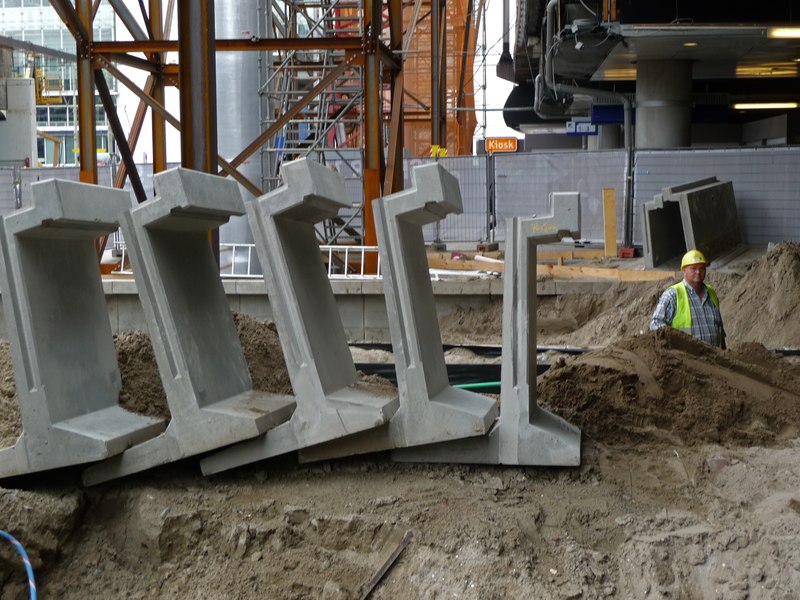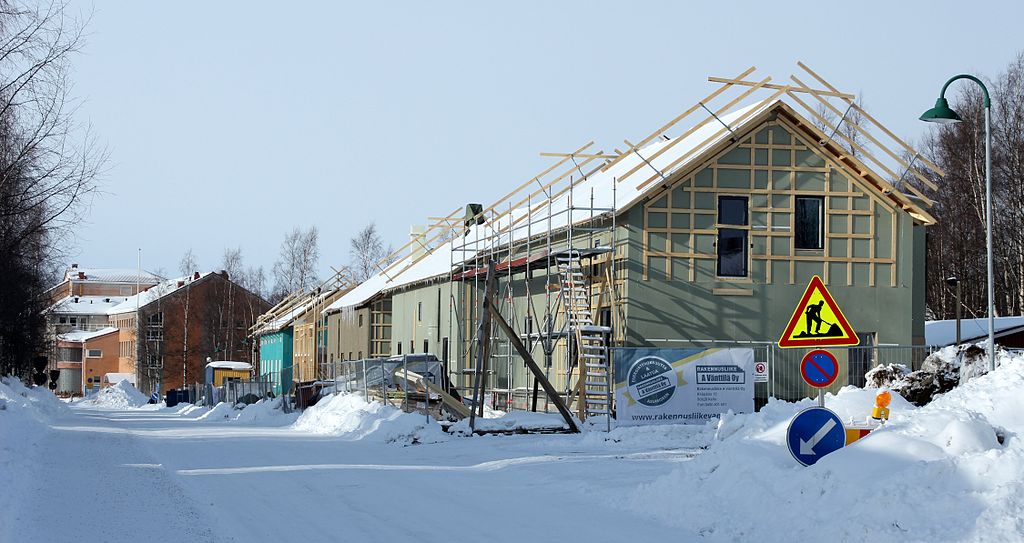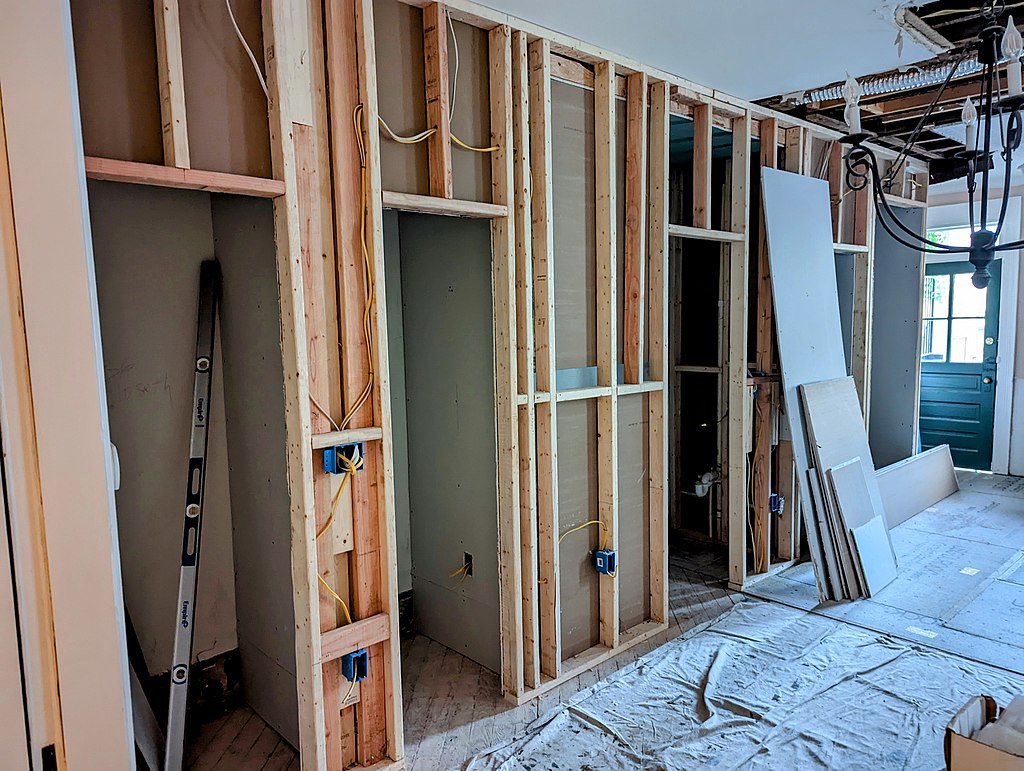Construction can be a very lucrative business to get into, but there are a number of cost considerations that are involved in running a construction company. Much like manufacturing, the construction industry relies on a number of variables to maintain progress and cost efficiency. These variables can change, and even the variables within the variables can change over time. If you’re considering getting into the construction industry or you’re a construction professional who is trying to understand costs better, below are some considerations:
Supply And Demand
Supply and demand are two of the most basic core principles of business. When something is in high demand and short supply, prices go up. When demand is low and supply is high, prices go down. In the construction industry, everything from OSB planks to fiber flat washers can be subject to the forces of supply and demand. The cost of washers is going to be determined by how many washers are available and how many projects require these washers. When it comes to the variables-within-variables issue, part of the built-in cost of each item also involves how easily fiber washers suppliers can obtain materials.
The Local Economy
The economic outlook of the region in which projects are started also has a lot to do with supply and demand. The United States is a very large country that is home to a diverse population with different cultures, climates and economics. In an area that is economically depressed, supply may be high and demand may be low, but if you go one or two towns over, the opposite may be true. As a result, construction costs can vary based on not just supply and demand but also on the economic landscape of the areas where construction is being started.
Permits And Regulations
As a related set of costs that can be affected by location, permits and costs associated with regulatory compliance should also be considered when thinking about construction expenses. Different states and cities have different regulations that must be adhered to when building new construction or remodeling existing structures. Regulations may involve fees for certain permits as well, and fees may apply if a regulation is not followed.
For example, California dictates that construction companies maintain “responsible managing employees” (RMEs) per Assembly Bill 830. This requirement states that construction companies must have an actively engaged representative to supervise construction projects. The RME’s information must be submitted to the Contractors State Licensing Board of California or else the construction company is at risk of receiving penalties. Other states may have their own standards that must be met in order to remain in compliance, and there may be costs associated with these regulations.
Future Costs
Future costs may or may not be a big deal in a construction project. Much of this depends on your company’s contractual obligations and development deals. Some construction professionals provide ongoing services like maintenance and repairs while others are only obligated to remedy issues that are the result of construction faults or improper installations.
If you have future costs like ongoing maintenance, these can vary depending on the scope of your obligations and the timeline of service. Some contracts stipulate an ongoing service agreement that extends for months while others may extend for years. Both labor and materials will play a part in these future costs, and labor and materials expenses are elastic. It can be hard to pin down exactly what costs will be six months or a year from now, so it’s often a good idea to build in some padding to ensure your company is able to meet its obligations without going into debt.


